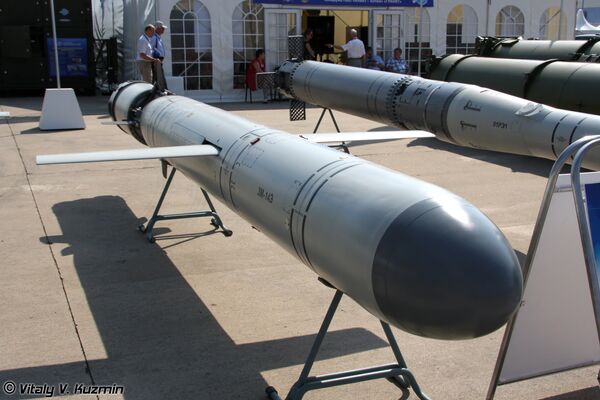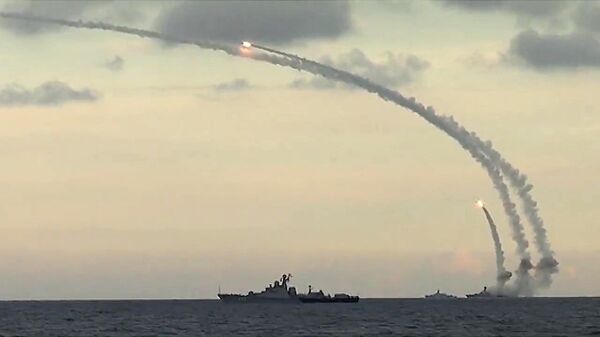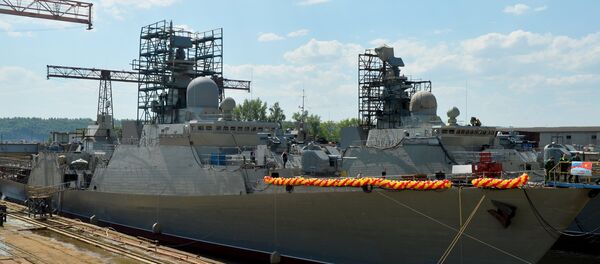Vietnam has shown great interest in purchasing Russia's cutting-edge S-400 Triumph missile defense system, and with good reason: the air defense system is regarded by many as second to none in terms of combat capabilities. Moreover, Hanoi is happy with its experience using Russian-made anti-aircraft weapons.
Russia is Hanoi's oldest, most reliable weapons development partner, the Vietnam People's Armed Forces Colonel Nguyen Khac Nguyet highlighted in his interview with Sputnik Vietnamese.
"For decades, Vietnam and Russia have maintained close and effective military tech cooperation. In this field, Russia is Vietnam's largest, most important, most reliable and most trustworthy partner," Col. Nguyen emphasized.
"Russia provides Vietnam with modern high-tech weapons to protect the country. During the course of two wars of resistance against foreign aggressors [the First Indochina war and the Second Indochina war] Russian weapons had proven [themselves] corresponding to the military school of Vietnam, the strategy and tactics of the Vietnam People's Armed Forces [VPAF]," the Colonel pointed out.
Col. Nguyen drew attention to the fact that Russian weapons have certain advantages over their foreign analogues.
"They are easier and safer to use, they are cheaper and possess greater destructive power. [Therefore] although Vietnam… can purchase arms worldwide, the VPAF buys the most weapons from Russia," he noted.
Furthermore, the S-400 can destroy targets at altitudes ranging from just five meters. For comparison's sake, the US' Patriot surface-to-air missile (SAM) system is capable of intercepting targets flying at altitudes of 60 meters and higher.
Russia's rockets and anti-aircraft systems have always been in good standing with Vietnamese armed forces. Back in the summer of 1965, Dvina Soviet anti-aircraft systems had been deployed in Vietnam to counter the US' aggression during the Vietnam War, also known as the Second Indochina War.
During the course of the war, the Dvina managed to shoot down about 1,300 US military aircraft, including 54 B-52 strategic bombers.

Over the past decade, the VPAF has mastered its skills in operating new models of Russian anti-aircraft weaponry. The Dvina was later replaced with superior "Tor", "Buk" and "S-300" systems.
At the same time, Russia's Vympel R-73 (NATO codename AA-11 Archer) short-range air-to-air missiles, Kh-59MK (AS-13 'Kingbolt') airborne enhanced-range air-to-surface guided missiles and Kh-35 Uran (AS-20 'Kayak') subsonic anti-ship missiles have also received high praise from the Vietnamese army.
P800 Yakhont anti-ship cruise missiles, which are capable of striking targets moving at supersonic speeds, are also familiar to Vietnam's military: the K-300P Bastion-P (SSC-5 'Stooge') coastal defense systems supplied by Russia to Vietnam are equipped with these very state-of-art rockets.
Each Bastion is able to maintain control over 200,000 square kilometers of open water and protect a 600-kilometer coastline from enemy attacks.

The list of Russian military supplies to Vietnam also includes 3M-54 Club-S ('Kalibr') missile systems (NATO codename SS-N-27 Sizzler).
Back in July 2015 Vietnam's Navy received its fourth Varshavianka (improved Kilo) submarine, armed with Club-S cruise missiles capable of striking both sea and coastal targets. In February 2016 the fifth Russian-made Kilo-class submarine arrived in the Southeast Asian state, while the sixth is on the way to Vietnam.
In October 2015, Russia's Kalibr precision-guided cruise missile systems successfully demonstrated their combat capabilities in Syria: the missiles traveled 1,500 km (932 mi) from the Caspian Sea and struck military targets in Daesh (ISIS/ISIL)-controlled territories.

In general, in recent years Moscow and Hanoi have inked arms contracts worth over 4.5 billion dollars.
"We have the very same feelings of love and respect for Russia that we once had for the Soviet Union," former Deputy Defense Minister, Col. Gen. Nguyen Van Duoc told Sputnik Vietnamese on Tuesday.
"Our military-technical cooperation is expanding all the time with Russia providing us with everything we need: tanks, warplanes, naval ships, submarines and air-defense systems. Much of what they have in the Russian Army we now also have here in Vietnam," he stressed.
Apparently therefore, Vietnam now ranks seventeenth in the complete Global Firepower (GFP) list and second in Southeast Asia after Indonesia.



